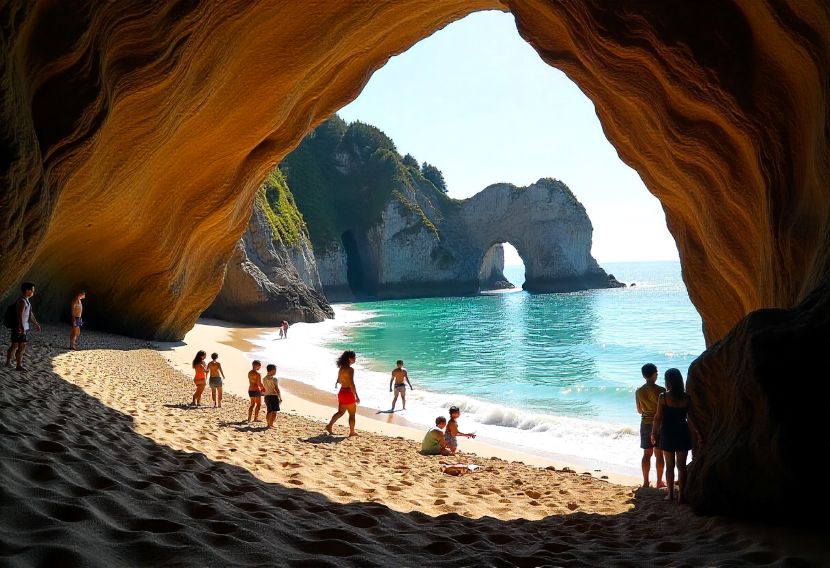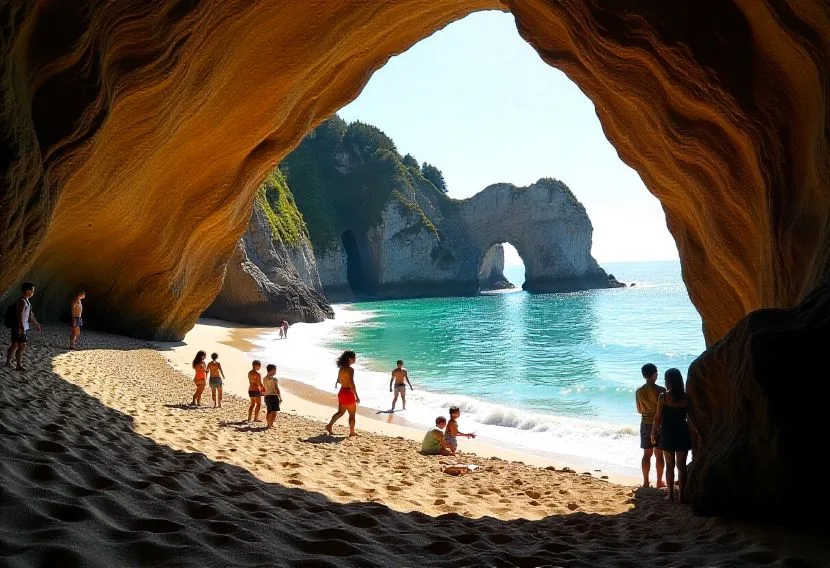Tuesday, August 5, 2025

New Zealand will implement a newly planned tourist tax increase for international travelers in 2027, for some of the country’s most popular natural tourist sites. The additional charges, set to be implemented for sites such as Cathedral Cove, Tongariro Crossing, Milford Track, and Aoraki Mount Cook, will help raise funds for conservation efforts. The charges will be set at NZ$20 to NZ$40 (approximately $12 to $24 USD) per person. This is in tandem with wider site management goals planned for the areas aimed at better conservation practices and site management for generations to come.
Growing Concerns Over the Impact of Tourism on Conservation Sites
New Zealand’s government has expressed concern about the growing pressure tourism places on its natural resources. According to Prime Minister Christopher Laxon, the funds collected from the new fees would be directly channeled into conservation efforts. These efforts are designed to protect and maintain the country’s most cherished landscapes, which attract millions of tourists every year.
Tourism Minister Matt Doocey highlighted that international tourism incurs significant costs for local communities, particularly in areas where infrastructure and natural resources are under strain. He stressed that the funds from the new tourist tax would allow the country to continue investing in conservation efforts, ensuring the protection of its stunning landscapes.
Rising Numbers of Tourists Prompt Increased Charges
This new initiative builds on New Zealand’s previous efforts to tax tourists. Since 2019, the country has been charging non-resident visitors an entry fee, with the price tripling in 2024. The recent proposal to add additional fees at certain natural sites aims to address the funding shortfall caused by an increase in tourism numbers.
These fees would apply exclusively to foreign visitors, as those with New Zealand permanent residency would be exempt. The charges would be levied in addition to any existing entrance fees and are expected to generate millions of dollars to aid in the preservation of these iconic tourist spots.
Public Reaction and Local Industry Concerns
While some New Zealanders have welcomed the move, viewing it as a fair contribution from foreign tourists to preserve the country’s natural beauty, there has been backlash from the local tourism industry. Industry representatives have expressed concern that the additional taxes may deter potential tourists. With the already high costs and long travel distances involved in visiting New Zealand, critics fear that the fees could portray the country as an expensive and inaccessible destination.
The New Zealand tourism industry has struggled in recent years to regain momentum after the pandemic, and the introduction of these new fees has raised concerns about further discouraging travelers. New Zealand Airports CEO Billie Moore noted that the tourism sector is already facing challenges due to travel distances and costs, and added that the new fees might prove to be a “triple-whammy” for the industry, which is struggling to recover economically.
Tourism’s Impact on New Zealand’s Economy
Despite the concerns, the government remains optimistic about the potential benefits of the tourist tax. Laxon argued that it is “entirely fair” for foreign visitors to contribute to the upkeep of the natural areas they visit. Tourism is a crucial sector for New Zealand’s economy, generating billions of dollars in revenue each year. The government believes that the additional fees will provide the necessary financial resources to protect these destinations without negatively impacting tourism’s overall contribution to the economy.
Historically, New Zealand’s conservation initiatives received funding from government grants and the private sector. With the growing number of tourists, it is now obvious that there is need for more reliable funding. The government policy is that the revenue from the new tax will be used specifically for the conservation and maintenance of the most popular tourist sites.
Future of Tourism in New Zealand: A Balance Between Access and Preservation
The proposed tax changes are expected to be officially voted on by New Zealand’s lawmakers in the near future. While the details still need to be ironed out, the broader message is clear: New Zealand is taking steps to ensure that its natural wonders are not only accessible to tourists but also protected for future generations.
The country’s world-renowned attractions, such as Cathedral Cove and Milford Track, play an essential role in attracting travelers from around the world. These visitors, however, come at a cost. By implementing a more robust tourist tax system, New Zealand hopes to strike a balance between ensuring these sites remain accessible while also safeguarding them from the environmental impact of mass tourism.
Looking Ahead: What Does This Mean for Future Visitors?
At this point it is evident that New Zealand wants to protect its natural heritage, but visiting foreigners will have to pay extra fees when planning their trips. Tourists will be encouraged to adjust their travel plans as these fees will be implemented by 2027. Although these new fees will be perceived as unwelcome by some, these fees will be pivotal in protecting New Zealand’s natural features for future generations.
For anyone planning a visit to New Zealand’s iconic landmarks, it is essential to stay updated on the final decision regarding the new fees and how they will be implemented. As tourism numbers continue to rise, these kinds of initiatives will likely become more common in other countries looking to balance tourism growth with environmental sustainability.






